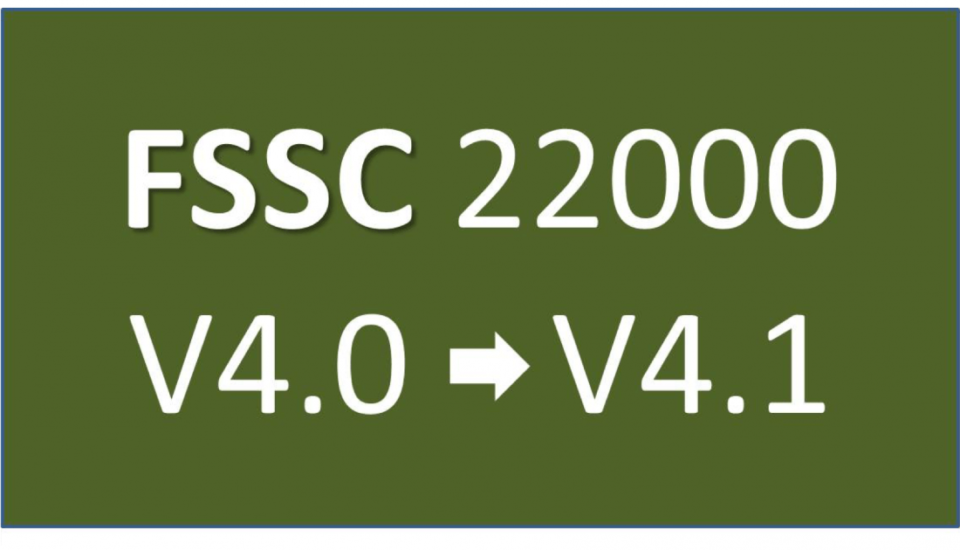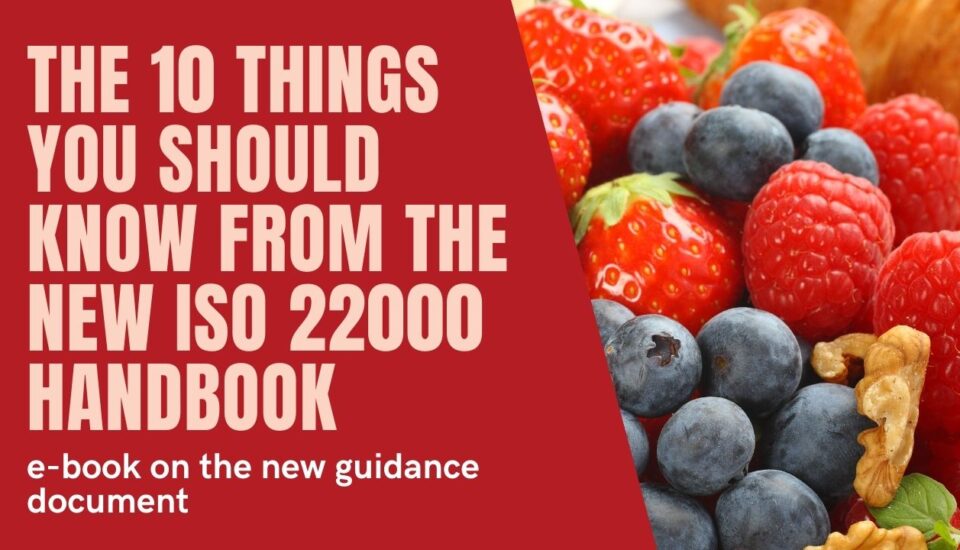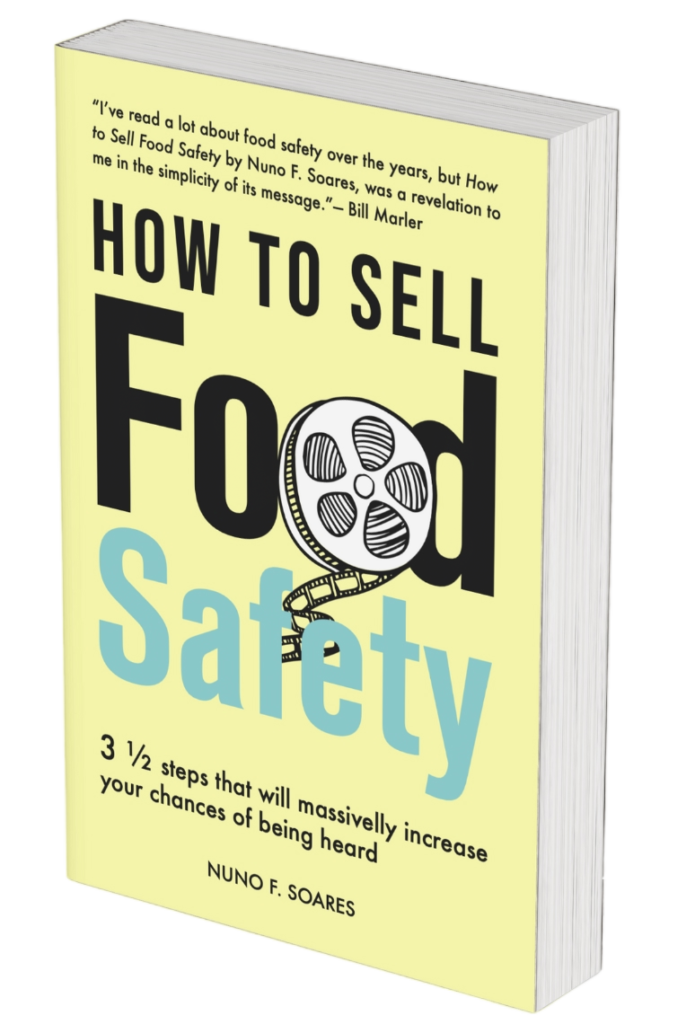1. Identifying and assessing the problem
At the beginning of the recall, the company must notify the person responsible for this procedure (internal or external) that there is a potential food safety issue. All other members of the recall management team (if exists) should also be informed and know their responsibilities during the recall.
The potential food safety issue must be evaluated:
I. Identifying the hazard associated with the food: if it is microbiological, physical, chemical;
II. Determining if the hazard poses a food safety risk;
III. Determining what action is needed to manage the food safety risk;
IV. Looking for expert advice from the home state enforcement agency, if needed.
V. Evaluating if is necessary to stop production and/or place product on hold.
The extension of the recall to other products should also be assessed.
2. Identifying affected product(s)
In the next step the organizations must identify where the affected products are and confirm that contact information is available.
3. Notifying health authorities, business-stakeholders and consumers of a recall
The health authorities must be contacted as soon as a recall is needed, or may be needed. All customers (including distributors, wholesalers, food service, retailers and exporters, as applicable) should also be notified. It is also important to keep records of this notifications to ensure that all businesses that have been supplied with the affected product have been informed of the recall.
If it is necessary to notify consumers, it must be done a press release in consonance with health authorities, to spread in one or more communication channels (radio announcements, website notification, direct notification to consumers via email or SMS, etc).
4. Food retrieval and disposal
Food retrieval
It must be recommended to customers (including retailers, distributors, wholesalers, exporters/other as applicable) what to do with the product:
I. separate the product from other food and identify it as subject to recall and
II. count and return the product for disposal or
III. count and dispose the product themselves.
All products will be accounted for, by recording what stock is retrieved and what stock (if any) is disposed by customers.
Food disposal
The picture above presents the main options for food disposal. The organization decision should consider returning the product to supplier when his responsibility is proven, reprocessing or relabeling when this procedures guarantees conformity or finding a new uses other than human consumption. The last resource is destroying the product.
5. Monitoring the recall’s effectiveness
Recall must be monitored in every stage of the process. It is important to:
A. verify that the product has stopped been distributed and sold;
B. verify that the product has been returned to the designated places by the company;
C. assess the public response to the recall and, if necessary, repeat the press release using different methods.
6. Closing the recall
When the risk to the public is judged to be minimal and the company has taken all steps to assess the effective recall of the product, this process can be terminated. Staff and business customers should be notified of the recall’s termination.
7. Post-recall reporting
After the organization went through all steps above a final recall report should be prepared including at least:
1. Product(s) subjected to recall
2. Evidences from identifying recall extension and contacting costumers
3. Evidences from food disposal
4. Recall effectiveness
The organization should consider sending the report to local health authorities.












